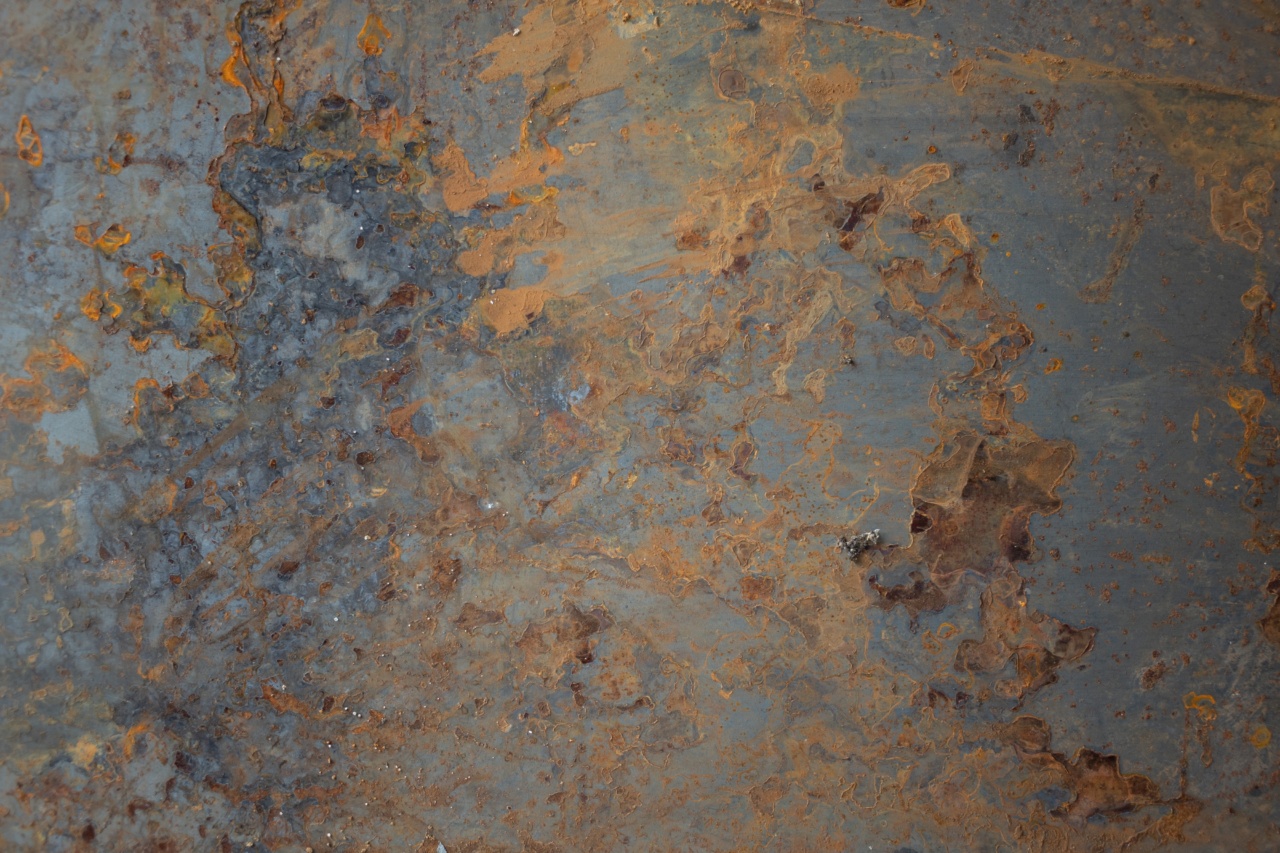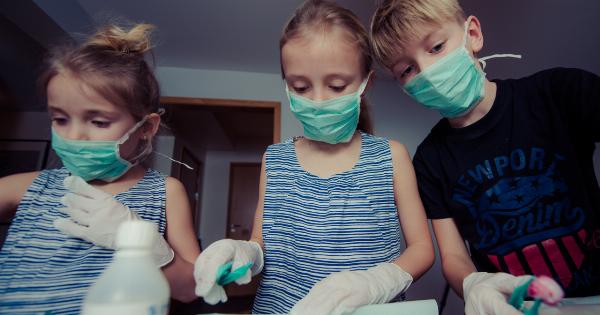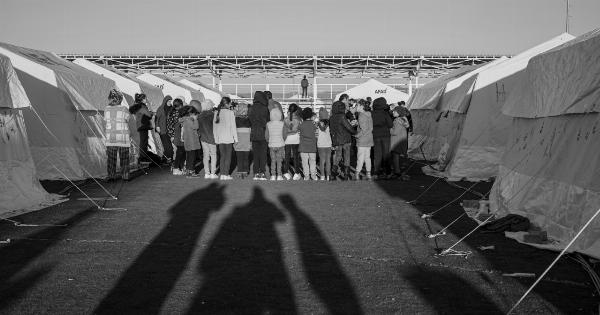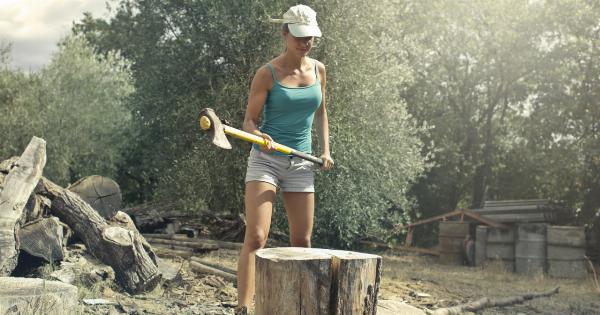Fracture and sprain are two common types of injuries that can happen to bones. Both require urgent medical attention to prevent further damage, but they differ in their severity and treatment.
A fracture is a complete or partial break of a bone, while a sprain is a partial or complete tear of a ligament. Understanding these injuries and what to do when they happen can help you or a loved one receive prompt care and expedite healing.
Difference Between a Fracture and a Sprain
Knowing the difference between a fracture and a sprain is crucial to determine the appropriate course of action. Both are the result of physical trauma, but they involve different structures of the body.
Fracture
In a fracture, the bone is either completely or partially broken. This can happen due to a direct impact, such as a fall or collision, or prolonged stress on the bone over time, as seen in stress fractures. Common symptoms of a fracture include:.
- Pain, tenderness, and swelling around the affected area
- Deformity or changes in the shape of the limb
- Difficulty moving the affected limb
- Audible crack or snap at the time of injury
There are different types of fractures, depending on the severity and location of the break. These include:.
- Open fracture: The bone protrudes through the skin
- Closed fracture: The bone remains inside the skin
- Stable fracture: The bone segments remain aligned
- Displaced fracture: The bone segments are no longer aligned
- Comminuted fracture: The bone is broken into multiple pieces
- Greenstick fracture: The bone is partially broken, more common in children
Sprain
A sprain, on the other hand, involves the partial or complete tear of a ligament, which is the tissue that connects bones to each other. This can happen when the joint is forced beyond its normal range of motion, causing the ligament to stretch or tear.
Common symptoms of a sprain include:.
- Pain, warmth, and swelling around the affected joint
- Tenderness or bruising around the joint
- Difficulty moving or bearing weight on the affected joint
Like fractures, sprains are classified according to their severity:.
- Grade 1: Mild stretching or microscopic tears in the ligament
- Grade 2: Partial tearing of the ligament
- Grade 3: Complete tearing of the ligament
First Aid for Fracture and Sprain
When you or someone around you sustains a fracture or sprain, it is important to seek medical attention right away. In the meantime, there are a few first aid measures you can take to prevent further damage and ease pain:.
Fracture
- Immobilize the affected limb by using a splint or sling
- Elevate the affected limb to reduce swelling
- Apply ice or a cold compress to the affected area for 15-20 minutes every hour
- Take pain relievers or over-the-counter medications to manage pain and reduce inflammation
Sprain
- Rest the affected joint by avoiding movements or activities that cause pain
- Apply ice or a cold compress to the affected area for 15-20 minutes every hour
- Compress the affected area with an elastic bandage to reduce swelling
- Elevate the affected limb to reduce swelling
- Take pain relievers or anti-inflammatory medications to manage pain and reduce inflammation
Medical Treatment for Fracture and Sprain
After initial first aid, a healthcare professional will need to evaluate the injury and determine the appropriate treatment. Depending on the severity and location of the fracture or sprain, treatment may include:.
Fracture
For simple fractures, the healthcare provider may align the bone segments and immobilize the affected limb with a cast or brace to allow it to heal properly.
More complex fractures may require realignment, surgery, or external fixation to stabilize the bone. In addition to immobilization, treatment may involve medication to manage pain, prevent infection, or promote bone healing. Physical therapy may be recommended to restore mobility and strength to the affected limb once the cast is removed.
Sprain
For mild sprains, the healthcare provider may recommend rest, ice, compression, and elevation (RICE), as well as pain relievers or anti-inflammatory medications.
More severe sprains may require immobilization with a brace or splint, as well as physical therapy to restore range of motion and build strength. In rare cases, surgery may be necessary to repair the torn ligament.
Preventing Fractures and Sprains
Preventing fractures and sprains involves avoiding high-risk activities and taking precautions to protect your bones and joints. Some tips to reduce your risk of injury include:.
- Wearing protective gear such as helmets, knee pads, and elbow pads
- Using appropriate equipment when participating in sports or physical activities
- Strengthening bones and muscles through regular exercise and a balanced diet
- Avoiding falls by keeping floors clear of clutter, using handrails, and wearing well-fitting shoes with good traction
- Practicing good posture and ergonomics to avoid repetitive stress injuries
Conclusion
Fractures and sprains can be painful and limit mobility, but prompt medical attention and proper treatment can help expedite healing and prevent complications.
Understanding the difference between a fracture and a sprain, knowing how to administer first aid, and taking steps to prevent injury can help keep you and your loved ones healthy and active.




























